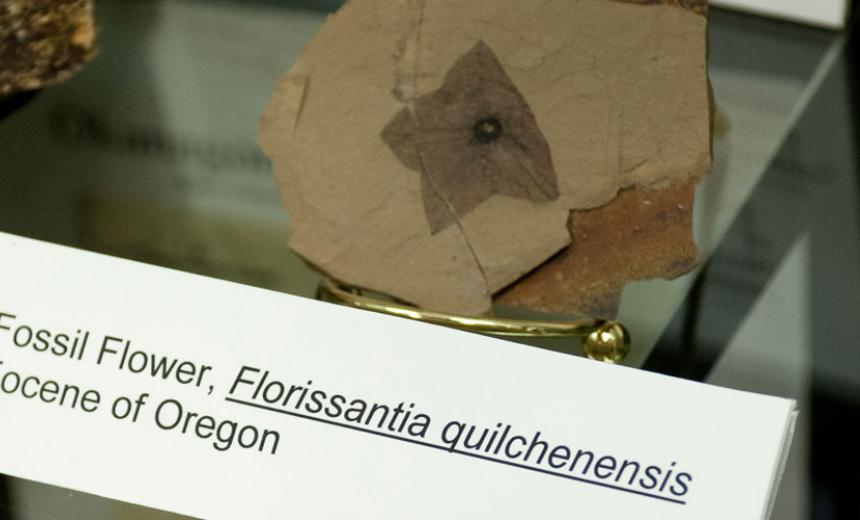
Vertebrate Paleontology (GCVP)
The vertebrate paleontology collection is one of the largest in the Southeast. Research collections include over 20,000 specimens ranging from the Triassic to the Pleistocene. North American collection localities and faunas include: Eocene/Oligocene Badlands National Park, Eocene Central Georgia and Pleistocene Coastal Georgia, Plio-Pleistocene North-central Florida, and Triassic Petrified National Forest
Phycology (GCAC)
The algae collection contains more than 4,000 accessioned diatom slides (mostly freshwater and some coastal marine). The lab also contains dried and fluid preserved samples: 600 composite samples from Georgia, 100 samples from Georgia Barrier Islands, 200 samples from Western US streams. The algae collection is one of the most recently developed units at GCNHM. In addition to material collected as parts of research projects, samples are being sent in from around the world (Australia, Puerto Rico, Iceland, Bulgaria), including important vouchers for various water quality studies.
Invertebrate Paleontology (GCIP)
The invertebrate paleontology collection consists of over 1,000 specimens of primarily North American Cambrian trilobites. Other specimens include trilobites from other localities around the world and other invertebrates.
Mammalogy (GCM)
The mammalogy collection (approximately 1,500 specimens) was developed primarily for biomechanical comparisons between fossil and recent mammals. The strength of the collection therefore, is in its skeletal holdings. Representatives of all modern orders of mammals except Paucituberculata are included. Carnivores, cetaceans, primates, and ungulates are particularly well represented. Some of the more unusual specimens include complete skeletons of: African Lion; Leopard; Stellar Sea Lion; California Sea Lion; Florida Manatee; Orangutan; Chimpanzee; Rock Hyrax; Giraffe; and White Rhinoceros. The collection also includes several hundred skins and skulls used primarily for teaching.
Herpetology (GCH)
The herpetology collection consists of two types of holdings. The first is a teaching collection of fluid preserved specimens from Georgia (approximately 300-400 specimens). This collection is used in various vertebrate classes including Herpetology and Vertebrate Zoology. The second collection is an extensive skeletal collection (over 3,000 specimens) that was developed mainly for vertebrate paleontological comparative work. The strength of this collection is its taxonomic diversity. While most of the collection consists of North American taxa, representative families and genera from many other countries are also represented. The collection is extensively used in Oligocene through Holocene herpetological research.
Ornithology (GCO)
The ornithology collection consists of approximately 1,200 specimens of skins, skeletons, nests and eggs of primarily North American species, many that can be found in Georgia. Skins and skeletons are studied by students interested in bird systematics, fossil birds, avian biogeography, and morphology.
Ichthyology (GCI)
GCSU’s fish collection consists of approximately 300-400 fluid preserved specimens from all regions of Georgia.
CONCHOLOGY (GCC)
The conchology collection consists of over 1,000 specimens of mollusks, bivalves, gastropods and cephalopods from all over the globe. This impressive collection is used for comparative paleontology and marine biology research.